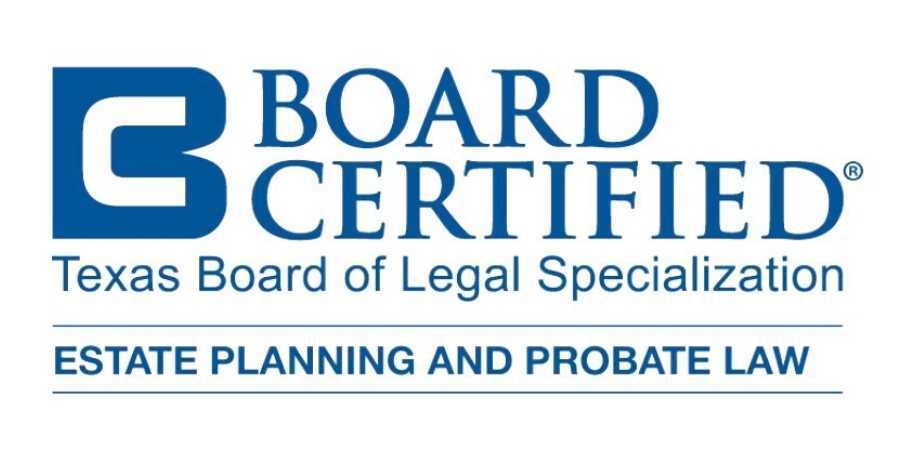Affidavit of Heirship and Small Estate Affidavit: What You Need to Know
Be in the know

There are several significant differences between an Affidavit of Heirship and a Small Estate Affidavit in Texas.
Here are some basics you should know about.
Affidavit of heirship
This affidavit is used when a person dies without a will, and the assets comprise mainly real property titled in the decedent’s name. The document identifies the heirs to real property the deceased has left.
The affidavit of heirship is filed with deed records in the county where the real property of a passed-away individual is located. Although the document does not transfer title to real property, Texas Estates Code 203.001 states it becomes evidence about the property after five years it has been on file. The affidavit of heirship composes a transparent chain of title transfer to the successors.
Small Estate Affidavit
Unlike the affidavit of heirship, the small estate affidavit only transfers the title of the decedent’s homestead. Only a surviving spouse or minor child can inherit property through this affidavit type. The other types of the deceased person’s real property cannot be transferred by submitting a small estate affidavit.
The successors can obtain ownership of the decedent’s homestead by listing the real property and its legal description in the affidavit, together with the other owner’s assets. Then, the form must get approval from the judge. Once an approval is obtained, a certified copy of the document and the court order approving it should be filed with the real property records.
What is a Small Estate Affidavit anyway??
Many people do not own a substantial estate or compose a will. When an individual who passes away has assets, including a family home and an average bank account, undergoing probate proceedings seems rather a waste of time, effort, and resources. In such cases, a small estate affidavit can save family members from a painstaking process if the inherited estate qualifies according to Texas intestacy law.
What is a small estate affidavit used for in Texas?
A small estate affidavit is a legal form that is used to transfer property to the decedent’s successors, avoiding formal probate. However, only strictly specified circumstances allow heirs to use a small estate affidavit. The deceased owner’s property must match the requirements established in the Texas Estates Code Chapter 205.
When do you need a Small Estate Affidavit?
If your loved one who has passed away owned a small homestead and a modest bank account, you can use a small estate affidavit form to transfer property without going through a formal probate process. To file the form, you need to match the following basic conditions:
The property owner hasn’t left a will.
The total estate value is $75,000 or lower.
Then, you can download and fill out this free small estate affidavit Texas form and submit it to your local authority. Ultimately, your family estate can be settled without the expensive court proceeding.
Does a small estate affidavit need to be notarized in Texas?
The laws in Texas, specifically Texas Estates Codes section 205.002, require the small estate affidavit form to be sworn to by two witnesses and the distributees or heirs. To swear a document, a person must sign it before the Notary Public.
How do I notarize small estate affidavit?
To notarize your small estate affidavit in Texas, you must obtain the signatures of two disinterested witnesses and the distributees or heirs. The document needs to be witnessed in front of the notary. To simplify and speed up the process, you can contact my team and we can help assist with the process and notarize your documents, so you can leave the worry behind and the preparation work to the experts.
If you would like to hear more about how our firm can help you plan for the future, contact us today. We would love to help.
We provide estate planning services to clients throughout South and Central Texas. Please contact us today, we are happy to share our expertise with you so you can make the best decisions for passing on your financial legacy. We are available in person, by appointment or by Zoom. In South Texas, call us at 956-791-5422.



CONTACT INFORMATION





















